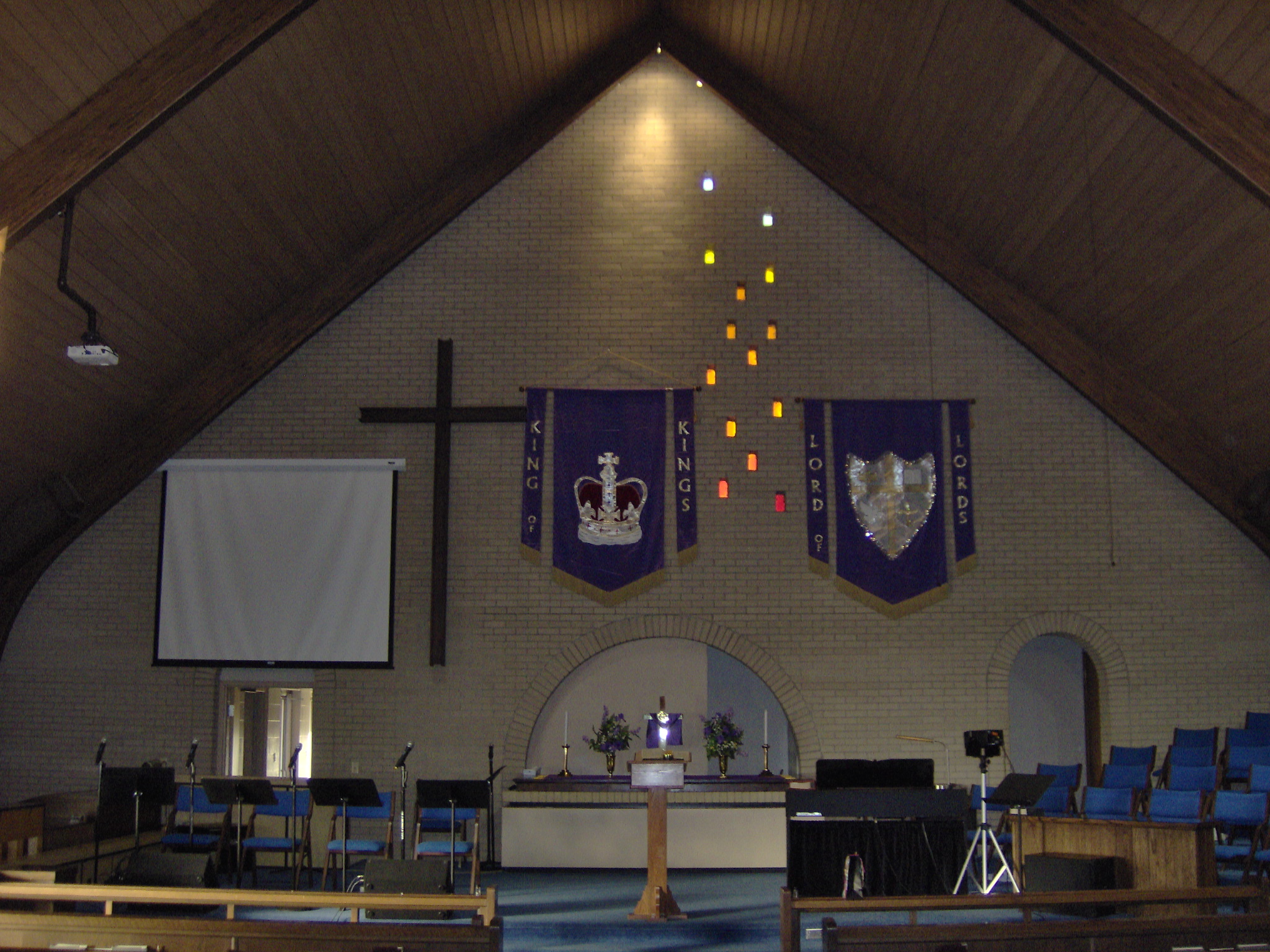Resurrection
Mark 16:1-8
Mark 16:1–8 (NLT): Saturday evening, when the Sabbath ended, Mary Magdalene, Mary the mother of James, and Salome went out and purchased burial spices so they could anoint Jesus’ body. 2 Very early on Sunday morning, just at sunrise, they went to the tomb. 3 On the way they were asking each other, “Who will roll away the stone for us from the entrance to the tomb?” 4 But as they arrived, they looked up and saw that the stone, which was very large, had already been rolled aside.
5 When they entered the tomb, they saw a young man clothed in a white robe sitting on the right side. The women were shocked, 6 but the angel said, “Don’t be alarmed. You are looking for Jesus of Nazareth, who was crucified. He isn’t here! He is risen from the dead! Look, this is where they laid his body. 7 Now go and tell his disciples, including Peter, that Jesus is going ahead of you to Galilee. You will see him there, just as he told you before he died.”
8 The women fled from the tomb, trembling and bewildered, and they said nothing to anyone because they were too frightened. *
*This is the end of Mark found in the earliest manuscripts.
Then they briefly reported all this to Peter and his companions. Afterward Jesus himself sent them out from east to west with the sacred and unfailing message of salvation that gives eternal life. Amen. **
**This is an ending that is found in mid second century copies (100 AD to 150 AD) of Mark.
***Mark 16:9-20 is a later second century addition (after 150 AD)
Why are there these later additions? Well, the ending of Mark 16:8 is abrupt. There is no classical language to say that the work was completed, it has an open-ended ending. Thus, scribes added information to close the Gospel in a classic manner revealing expressions of faith of what was happening to Christ’s followers after the resurrection.
First, we cannot ignore that scholarship down through the centuries has had to deal with what has been labeled in scholarship as “The Synoptic Problem”. The Synoptic Problem is where the reader identifies information deemed contradictory or conflict between the records of Matthew, Mark, Luke, and John. Here is the order they were written according to date: the Gospel of Mark probably dates from c. AD 66–70, Matthew and Luke around AD 85–90, and John AD 90–110.
More than one story of Resurrection found in Mark:
The resurrection of Jesus AND the resurrection of Peter’s faith!
